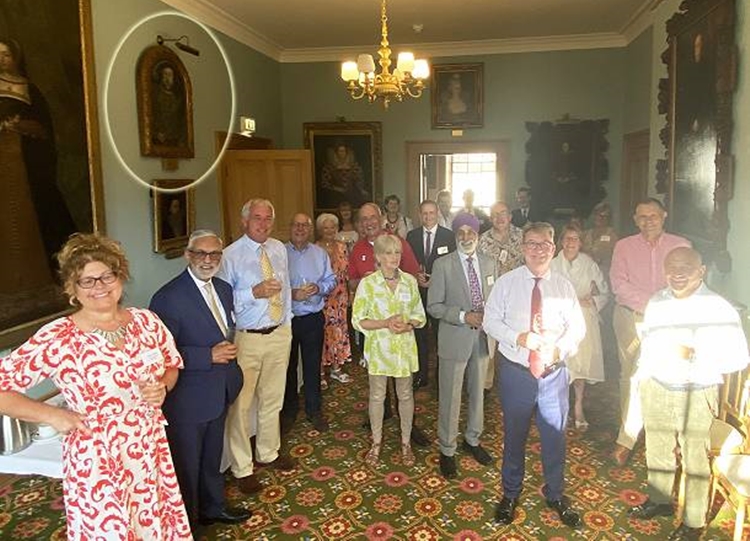Thanks to a Post on X, the Missing Painting of King Henry VIII Found
KING HENRY VIII – An art historian discovered a missing painting of the former king of England thanks to a post on X (formerly Twitter).
The painting, which had been lost for a long time, was identified after a photo posted by the Warwickshire Lieutenancy caught the attention of Adam Busiakiewicz, an art historian and consultant for auction houses like Sotheby’s. The photo, taken inside Shire Hall in Warwick, England, featured the painting in the background.
King Henry VIII, famous for his six marriages including Anne Boleyn, was the subject of this portrait, which dates back to the 1590s. It was part of a 17th-century collection owned by Ralph Sheldon, an English antique collector. Busiakiewicz, while browsing X, noticed the portrait in the background of the photo and suspected it was the missing artwork.

Busiakiewicz informed local authorities of his discovery and was invited to Shire Hall to verify his suspicion. His identification was confirmed, and the painting was recognized as part of Sheldon’s collection. The portrait, now estimated to be 434 years old, is noted for its exceptional quality and detailed representation of King Henry VIII. It has been moved to the Museum Collections Center for further research.

The painting’s journey to Shire Hall is unclear, and its value remains uncertain. However, artworks from Sheldon’s collection have previously fetched up to 200,000 pounds, approximately PHP15 million, at auction. This rediscovery highlights the importance of digital platforms in tracing historical artifacts and underscores the ongoing fascination with Tudor history.
To recall, it was only recently that the National Bureau of Investigation recovered “Mango Harvesters” by Fernando Amorsolo, which had been stolen from a museum in Silay, Negros Occidental, on July 3rd. The painting has been authenticated and returned to the National Museum. Originally part of the Hofileña Museum’s collection, the painting holds historical significance as it was created by Amorsolo, a National Artist celebrated for his depictions of Filipino rural life.
